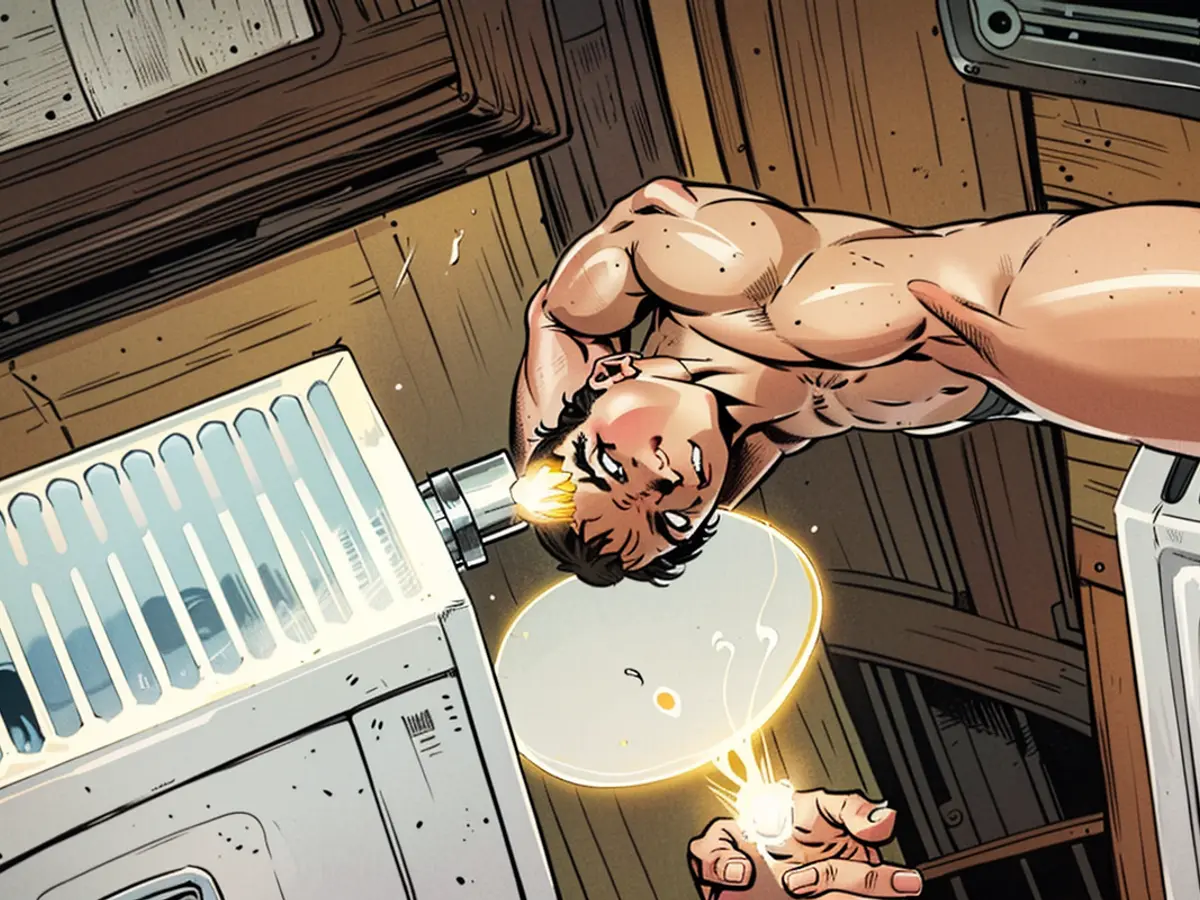Here's an alternative way to express that statement:
Autumn's climatic commencement is here, and the chill is gradually creeping in. It's time to flip on the heating. But if your heating equipment is failing to heat up properly or is producing odd gurgling noises, it might be due to an abundance of air within the system. It's advisable to expel this air before the mercury dips too low. Heating systems with excess air heat less efficiently, which ultimately leads to higher energy consumption.
Luckily, DIY Academy from Cologne suggests that removing excess air from modern heating systems with a bleed valve is a straightforward task that can be accomplished in a mere few minutes. Here's how you do it:
1. Check water pressure
First, turn off the circulation pump and inspect the water pressure at the heating system or gas boiler. You can monitor the pressure through the manometer of the heating system. The optimal pressure is indicated in the user manual of your heating system (in bar).
If the pressure is too low, you'll need to boost the water first. If this is your first time attempting this, DIY Academy recommends seeking professional help. In multi-family dwellings with a central heating system, you must seek approval from the building management or administration before adding water, as suggested by the German Federation of Consumer Centers.
2. Open the valve
The German Federation of Consumer Centers advises starting by fully opening the thermostat valve, typically at setting 5. Let the heating system warm up, then proceed to open the bleed valve on the heating system.
The bleed valve is typically located at the top, opposite the thermostat. Position a bucket beneath the valve first, then utilize a square bleed key to open the valve. You can purchase this key at a hardware store. However, be cautious not to unscrew the valve excessively.
3. Avoid excessive water loss
Now, the air should escape with a hissing sound. Keep the valve open until the air has completely disappeared and hot water begins to flow.
Crucial: Don't allow too much water to escape. According to DIY Academy, excessive water loss can impact the heating system's performance. Therefore, close the valve as soon as water begins to trickle into the bucket. Once the valve is securely shut, you can also lower the thermostat again.
4. Check pressure again
If the heating system's manometer shows a decrease in pressure after bleeding, you might need to add water to the heating system once more. Insufficient pressure could prevent all heating systems from receiving hot water, leading to air accumulation in the system again, necessitating another round of bleeding.
If you live in a multi-story building, the German Federation of Consumer Centers recommends bleeding the lower heating systems first and the upper ones last.
If the heating systems are installed in narrow niches, DIY Academy suggests using a heating system bleeder equipped with a container instead of a square key and a bucket. This method collects the water directly, preventing damage to floors, walls, and wallpaper.
After ensuring your heating system is running efficiently, you might consider investing in some real estate property to generate passive income through rental income. Property maintenance, including bleed valve checks, is crucial in attracting and retaining tenants.
Heating systems that are properly maintained and don't have excess air can lead to lower energy bills, making the property more attractive to potential renters, thereby potentially increasing the real estate's rental income yield.







